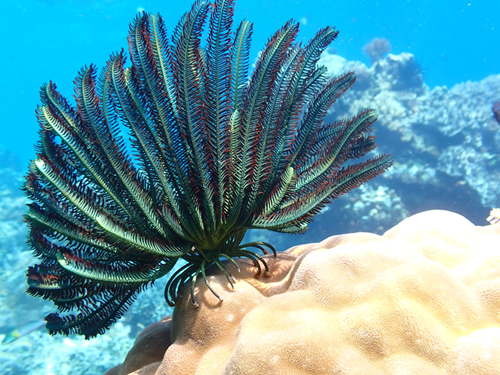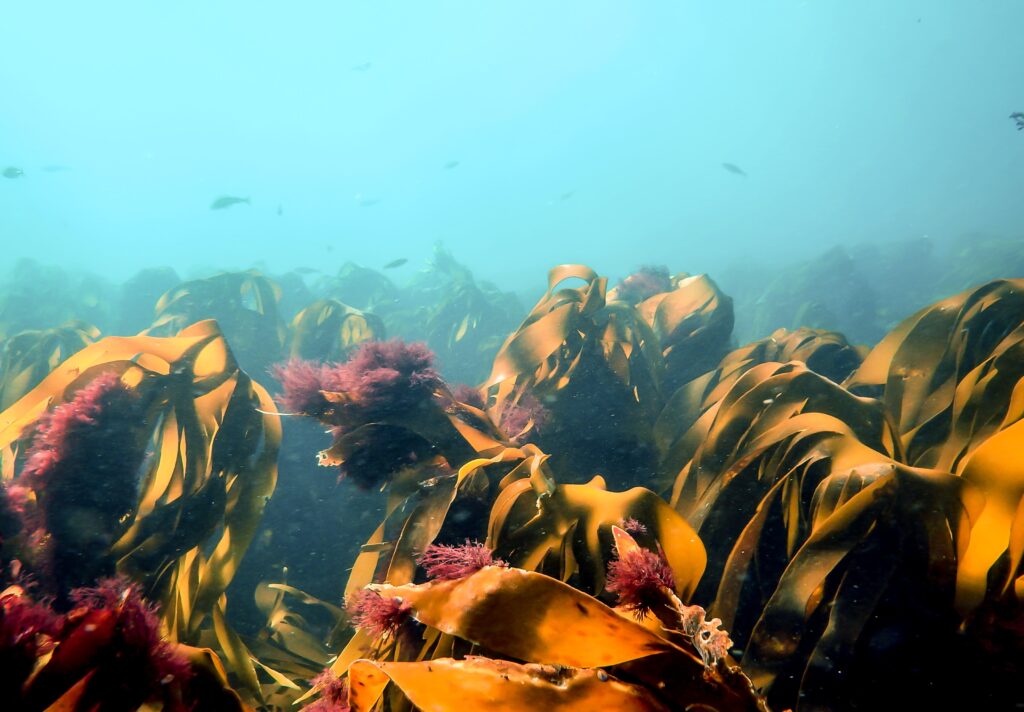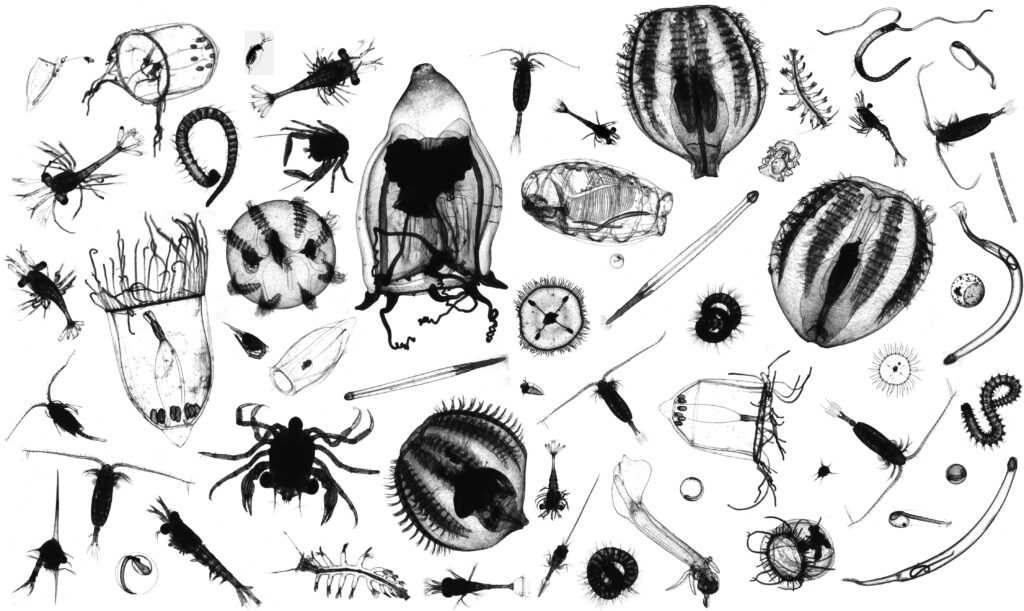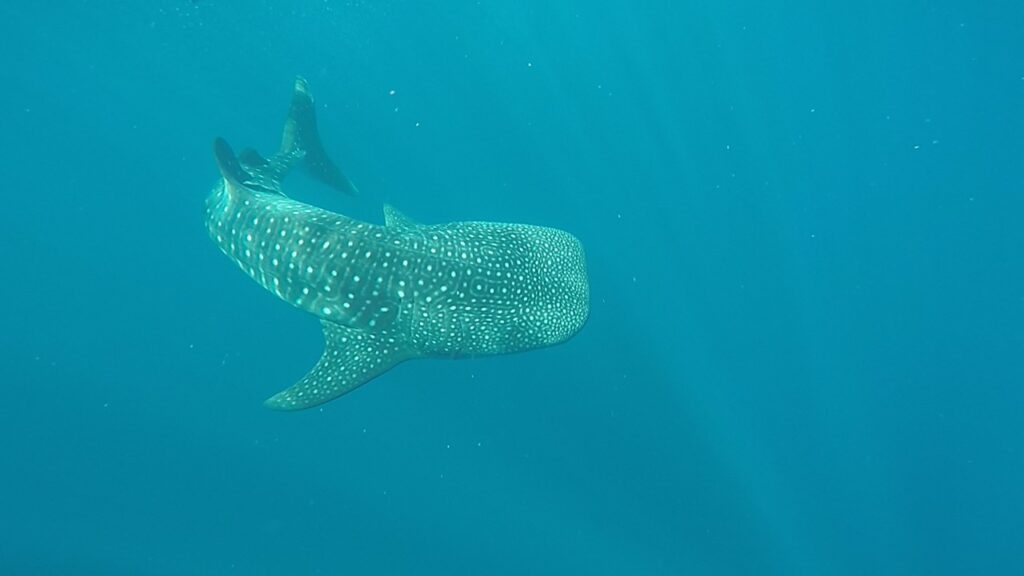This week, representatives from around the globe are gathering in Colombia for the UN biodiversity summit (COP16), to discuss the state of life on our blue planet. Following the historic deal to halt the destruction of ecosystems agreed at COP15, this year’s meeting will see attendees discussing progress towards biodiversity targets and negotiating agreements on how to preserve current biodiversity, while bringing to a halt any further decline.

Such ambitious targets require a rigorous understanding of current levels of biodiversity across the world. For the marine realm, this is challenging – the ocean is vast, inaccessible and for the most part, poorly understood.
The Marine Biological Association’s internationally renowned researchers and prestigious monitoring programmes play a vital role in progressing scientific understanding and shaping policy instruments to better manage and protect the fragile marine environment.
The diversity of habitats and ecosystems and the array of marine life eking out their existence beneath the waves is breathtaking and requires a full multidisciplinary approach in order to even scratch the surface. A healthy marine ecosystem is a fully functioning environment, able to provide ecosystem services while still maintaining resilience to human-induced environmental change.
World-class research that drives forward understanding of marine life and habitats is needed now more than ever. Scientific research underpins our knowledge of the state of the marine environment, and is essential in both shaping realistic targets, and providing the tools and methods needed to monitor progress towards them.

For example, recent work on Marine Heatwaves, where regions experience sudden and prolonged exposure to extreme heat, leading to devastating consequences for ocean life and those that depend on it, has fed directly into UK and international policy frameworks. With climate change driving more frequent and more intense periods of heat, the need for better understanding of the impacts of these episodes, and how to prevent them, is vital.

Research underpinned by the Continuous Plankton Recorder Survey suggests that plankton, the free-floating marine life that supports almost all life in the ocean, has been declining in the Northeast Atlantic. Due to its vital role in marine food webs, plankton are important indicators of ecosystem health – understanding how, where and why changes are occurring is essential in informing our understanding of ocean biodiversity.

Recent research investigating declining whale shark populations revealed that their preferred habitats overlapped with some of the busiest shipping lanes in the world. Ship-strike mortalities are suggested to be a leading factor in the continued decline of this iconic species. This research directly led to the adoption of a Resolution by Member States at COP14 to introduce mitigation measures to reduce the risk of vessel strikes in shark aggregation areas.
It is clear that in order to stand a chance of meeting the overarching goals agreed at COP15, we first need to understand what is happening in our ocean. The pace of change in the natural environment is increasing with man-made impacts such as climate change permanently altering how ecosystems function and impacting on global communities that depend on them. World-class science that deepens and expands our knowledge is the cornerstone on which all subsequent action and policy can be built.